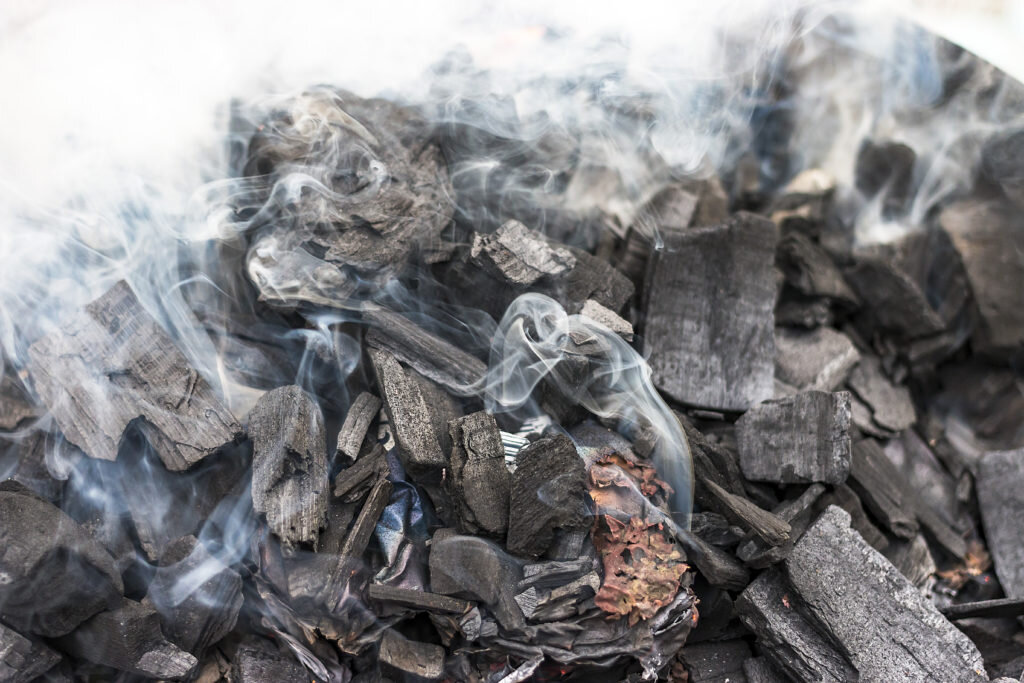Clothing Cambodia’s Carbon Footprint: Drought, Garments and the Disaster of Cambodia’s Pivot to Coal
Cambodia has a power problem. Endowed with relatively little infrastructure for electricity generation, the Kingdom has historically relied on imported electricity to keep the lights on, leaving it heavily dependent on its neighbours, Vietnam and Thailand. Seeking to address this dependency, recent years have seen substantial investment in electricity generation, according to a strategy centred predominately on hydropower.
Since 2000, some 29 hydropower dams have been brought online in Cambodia, alongside a further 44 planned, with devastating ecological consequences in some cases, such as the Lower Sesan 2 dam, described as “the worst possible place for a dam” by the Natural Heritage Institute. Campaigners have fought for years to halt or mitigate the ecological impact of unchecked dam building in Cambodia; a struggle which last year took an unexpected twist.
In the grip of a prolonged drought – and the now almost annual period of low rainfall linked to 5 El Niño events in the last 6 years – Cambodia’s decade long pivot to hydropower hit a brick wall in early 2019. Without the stored water needed to power Cambodia’s new dams, the country plunged into a deep power shortage, resulting in rolling blackouts for almost six months.
This was not only an inconvenience to residents of Cambodia, forced to endure the hottest part of the year without power for six hours or more a day, but a major blow to industry. The country’s dominant garment industry was forced to reduce working hours and turn to highly polluting and expensive diesel generators, creating delays in supply chains and badly affecting the environmental rating presented by factories to brands.
Viewed by the government as a national embarrassment, Cambodia’s season of power shortages appears to have instigated an abrupt change in strategy. Since last year, four coal burning power plants have been proposed by the Cambodian government: three planned within Cambodia’s borders and a further plant, capable of a monstrous 2.4 GW of annual power generation, intended to be based in Laos for Cambodian supply. A station so large that it approaches Cambodia’s total 5.86 GW energy budget, the proposed plant will require its own coal mine to be dug to fuel it.
The carbon emissions associated with this planned 3.4 GW of coal power are astronomical, especially in the context of a country with a relatively low carbon footprint: an additional 3.6 megatons of CO2 annually, more than the total carbon footprint of DR Congo. Yet it is the fundamental transformation of Cambodia’s energy landscape that provides perhaps the starkest indicator of the change in direction. From a profile of 49% renewable, 34% non-renewable, and 16% imported energy today, these four new plants will see the 80% of the Kingdom’s energy generated from non-renewable sources by 2030: a drastic change of direction in the space of a crucial decade for climate change.
The story of Cambodia’s poorly planned and now apparently abortive drive towards hydropower illustrates the cruel irony of climate change in the global South. Scuppered in a path towards renewable energy by the severity of climate-linked drought, the government has decided on a course of action which will ultimately deepen the ecological crisis which sees Cambodia consistently ranked as one of the most climate vulnerable countries in the world. Unable to overcome the impacts of climate change, the decision has been made, it appears, to join in contributing to them.
This will be a pivot with lasting consequences, but not only for Cambodia. The UK is Cambodia’s second largest trading partner, with around 4% of all of Britain’s textiles being produced within its borders. The transition to coal will be embodied in every one of these garments we import, adding substantially to the carbon footprint of UK consumption. Major brands have already expressed concern over these developments, but the Disaster Trade aims to go further. Over the course of the project we aim to calculate the impact of Cambodia’s energy plans on Cambodian garment exports, in order to bring home our key message on climate change and trade. Cambodia’s factories are our factories, Cambodia’s climate policy is our climate policy, and Cambodia’s carbon is our carbon.

